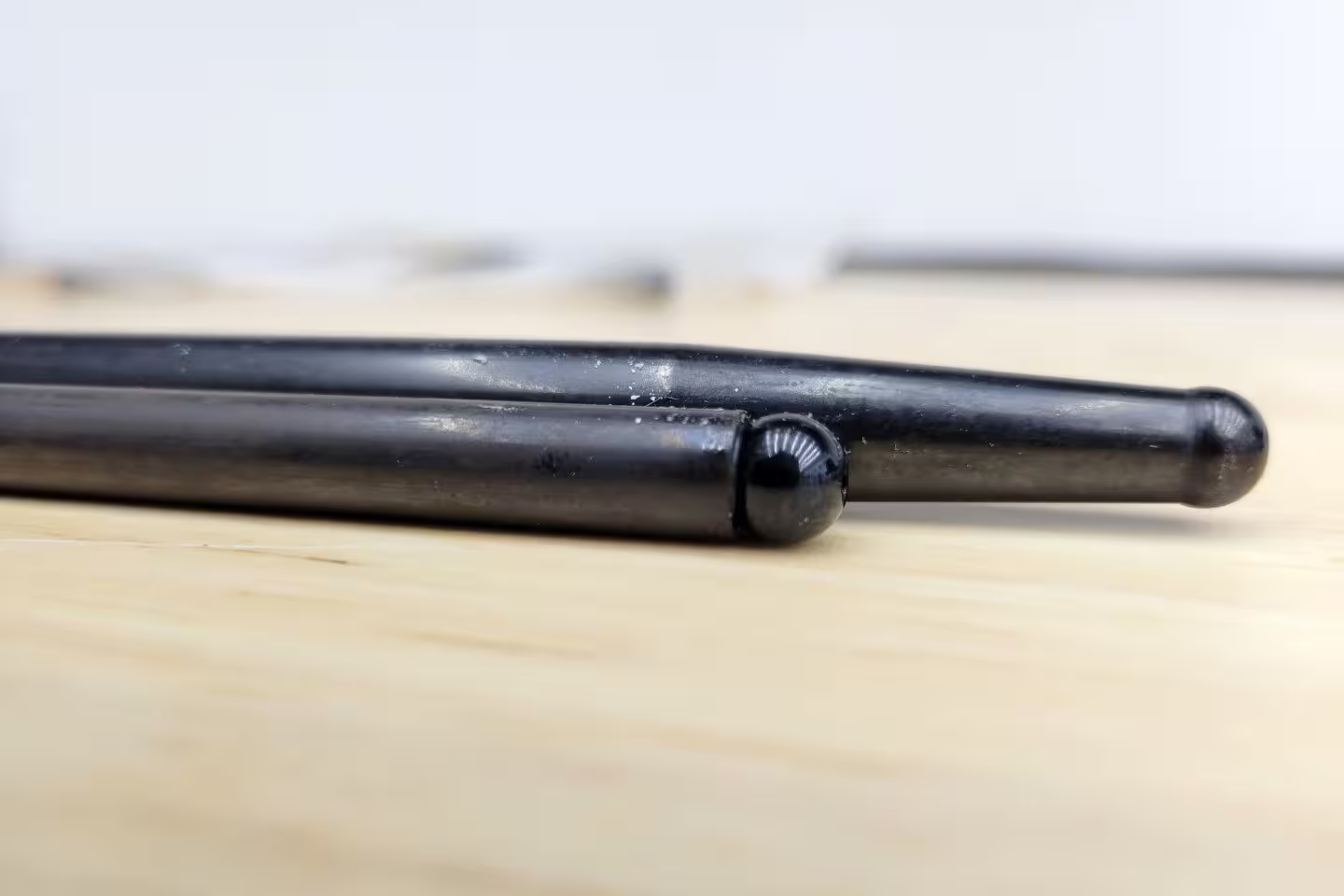When you think about pushrod engines, you likely think of older engines from a bygone era. Firstly, the pushrod engine’s main rival — the overhead cam design — is more than 120 years old itself, so calling one “antiquated” and the other “modern” is absolutely incorrect. In fact, there is a ton of research and development that has gone into pushrod technology in the past several decades that makes modern pushrods highly effective valvetrain components, thanks to improvements in a variety of pushrod parameters.
We reached out to Erson Cams to talk to us about some modern theories on pushrod design and to try and clear up any misconceptions or misunderstandings that surround the deceptively simple metal rods. First, we should probably discuss the three main pushrod parameters that identify a pushrod.
The first is diameter. This is the outer diameter of the pushrod at its thickest point. This spec is crucial for physically fitting a pushrod into an engine. The second is length. This is the distance from tip-to-tip, and it plays a crucial role in ensuring that your valvetrain geometry is correct. The third is wall thickness. The thickness of the wall of the pushrod affects the pushrod’s stiffness and overall weight. These three pushrod variables need to be balanced with the engine’s desired RPM, valve spring pressure, cam lift, and cylinder pressure. Consideration of each of those variables will provide the best-performing pushrod possible.
Pushrod design has come a long way since the first iterations of overhead valve engines. While the straight, thin-wall pushrod still very much exists and thrives, advanced designs like variable-taper thick-wall behemoths are also available for high-output engines these days.
Looking At Pushrod Length
Pushrod length is one of the least adjustable pushrod parameters of your engine. There are various factors that determine what your pushrod length needs to be. Block deck height, cam location, cylinder head deck thickness, rocker height, and valve length are but some of the variables that combine to determine the correct length pushrod. So while not highly variable on the end-user side, the length of a pushrod is an important consideration since a pushrod’s length is directly related to its stiffness. Just think about a diving board.
“Stiffness and weight favor shorter pushrods where possible. However, most engine configurations pretty well dictate the relative pushrod length,” says Erson Cams’…
Click Here to Read the Full Original Article at DragzineDragzine…

